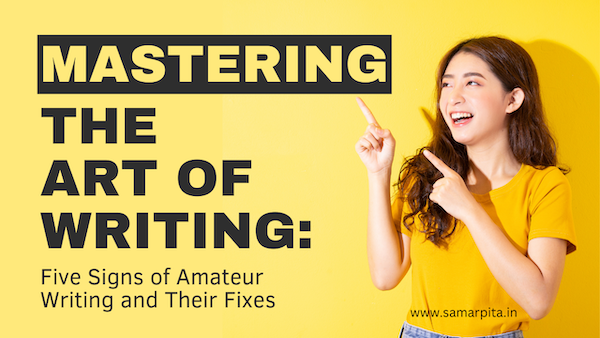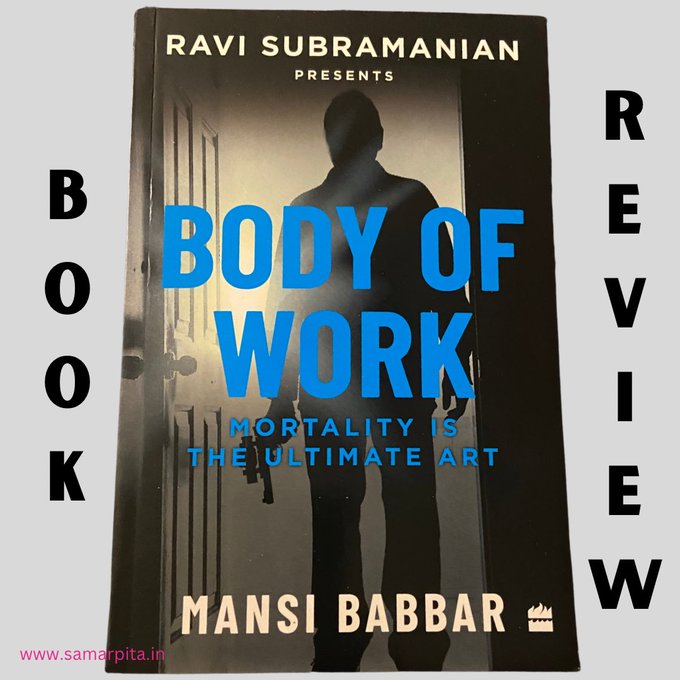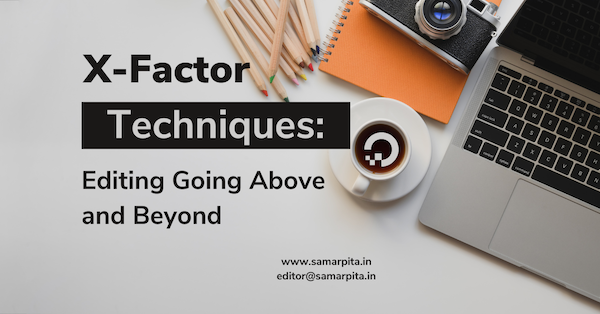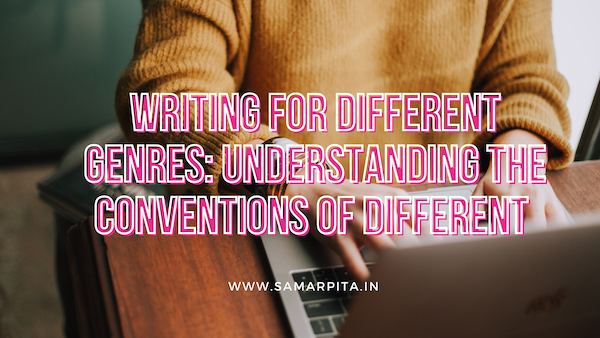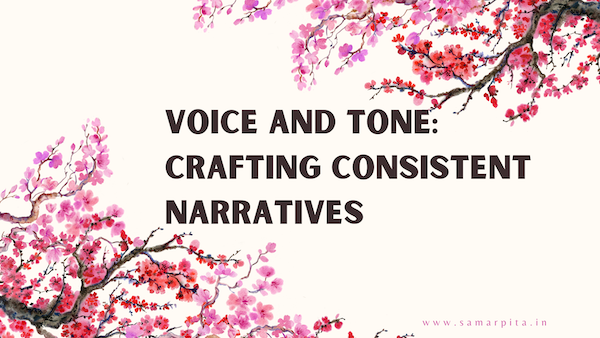Writing is a craft that requires constant honing and refinement. While everyone starts as an amateur, recognizing the signs of amateur writing is crucial for growth. In this blog post, we will explore five common signs of amateur writing and provide practical solutions to overcome them, empowering you to become a masterful writer.
Also Read: X-Factor Editing Techniques: Going Above and Beyond
Polished Plotlines
A strong plotline is the backbone of any engaging story. Amateur writers often struggle with creating compelling narratives that captivate readers from beginning to end. To fix this, consider the following:
- Clear Story Arc: Develop a well-defined beginning, middle, and end. Introduce conflict early on and ensure a satisfying resolution.
- Purposeful Pacing: Balance action, suspense, and moments of reflection. Avoid rushed scenes or unnecessary lulls by maintaining a steady rhythm.
- Plot Twists and Surprises: Surprise your readers with unexpected turns that keep them eagerly turning the pages.
Also Read: Story Structure: Understanding the Elements of Plot and Narrative Arc
Riveting Characters
Amateur writing often falls short in creating memorable characters that resonate with readers. To breathe life into your characters, follow these guidelines:
- Deep Characterization: Craft well-rounded characters with unique personalities, motivations, and flaws. Avoid stereotypes and allow for growth and change.
- Authentic Dialogue: Develop natural and engaging dialogue that reflects each character’s voice. Steer clear of excessive exposition and focus on showing rather than telling.
- Character Relationships: Explore the dynamics between your characters, creating compelling interactions and conflicts that drive the plot forward.Also Read: Freelance Editing: How to Get Started
Mind-Blowing Descriptions
Inexperienced writers struggle to paint vivid pictures with their words. To enhance your descriptive prowess, consider the following tips:
- Sensory Details: Engage readers’ senses by incorporating sights, sounds, smells, tastes, and textures. This immersive experience will transport readers into your world.
- Show, Don’t Tell: Instead of telling readers how a character feels or what something looks like, show it through actions, dialogue, and carefully chosen details.
- Evocative Language: Use rich and evocative language to create imagery and evoke emotions. Employ metaphors, similes, and powerful adjectives to add depth and impact.
Also Read: Social Promotion Activities Every Blogger Should Do
Engaging Dialogue
Dialogue is a powerful tool for advancing the plot and revealing character traits. Amateur writers often struggle with writing natural and captivating conversations. Improve your dialogue by considering the following:
- Unique Voices: Develop distinct voices for each character. Consider their backgrounds, personalities, and speech patterns to make their dialogue authentic.
- Subtext and Conflict: Infuse your dialogue with tension, subtext, and conflict to create compelling exchanges that reveal hidden layers of your characters.
- Effective Tags and Punctuation: Use dialogue tags sparingly and opt for action beats instead. Properly punctuate dialogue to ensure clarity and rhythm.
Also Read: The Role of an Editor in the Publishing Process: A Guide for Writers
Powerful Punctuation
Amateur writers often overlook the importance of punctuation, leading to confusion and a lack of clarity. Improve your writing’s impact by following these punctuation guidelines:
- Sentence Structure: Vary sentence lengths to create rhythm and maintain reader engagement. Short sentences add punch, while longer ones convey complex ideas.
- Comma Usage: Master the use of commas to clarify meaning, indicate pauses, and separate ideas. Avoid excessive comma splices or missing commas in compound sentences.
- Emphasis with Dashes and Ellipses: Employ dashes and ellipses strategically to add emphasis, create suspense, or indicate interrupted thoughts.
Also Read: Writing For Children Is No Child’s Play
Conclusion:
Mastering the art of writing requires a keen eye for recognizing the signs of amateur writing and implementing the necessary fixes. By addressing plotline issues, developing riveting characters, enhancing descriptive skills, crafting engaging dialogue, and mastering punctuation, you can elevate your writing to new heights.
Remember, writing is a journey of continuous learning and improvement. Embrace feedback, read widely, and practice diligently. With each step, you’ll inch closer to becoming a masterful writer capable of captivating readers with your stories.
So, embrace the challenge, embark on this transformative writing adventure, and unlock your full potential as a writer. The world is waiting to be captivated by your words. Happy writing!
***
If you are looking for an excellent manuscript editor, someone to create content for your business, or an expert to help build your personal or professional brand on social media, then look no further and connect with me at editor@samarpita.in I can be followed on instagram at @samarpita and on twitter at @samarpitadotin.
***********
Read my ebook WRITE. EDIT. PROMOTE. to learn the basics about becoming an author – from writing your own book, to editing your first draft, and to promoting your book yourself! You can also read my ebook How To Write A Story Effectively and learn some valuable lessons about how a story can go from average to extraordinary. This book is part 1 of the series.
In fiction, I have two short stories for children in an ebook called Bedtime Stories.

